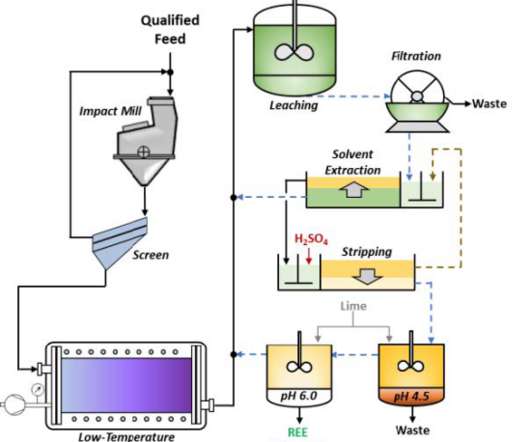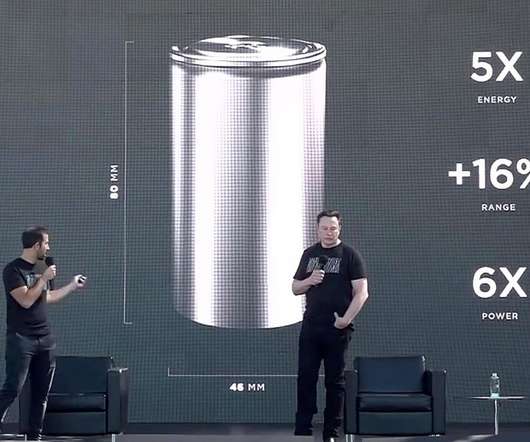Virginia Tech team develops process for high-yield production of hydrogen from xylose under mild conditions
Green Car Congress
APRIL 3, 2013
A team of Virginia Tech researchers, led by Dr. Y.H. To liberate the hydrogen, Virginia Tech scientists separated a number of enzymes from their native microorganisms to create a customized enzyme cocktail that does not occur in nature. Flow of the new process; enzymes are in red. Credit: Martín del Campo et al. Click to enlarge.






























Let's personalize your content